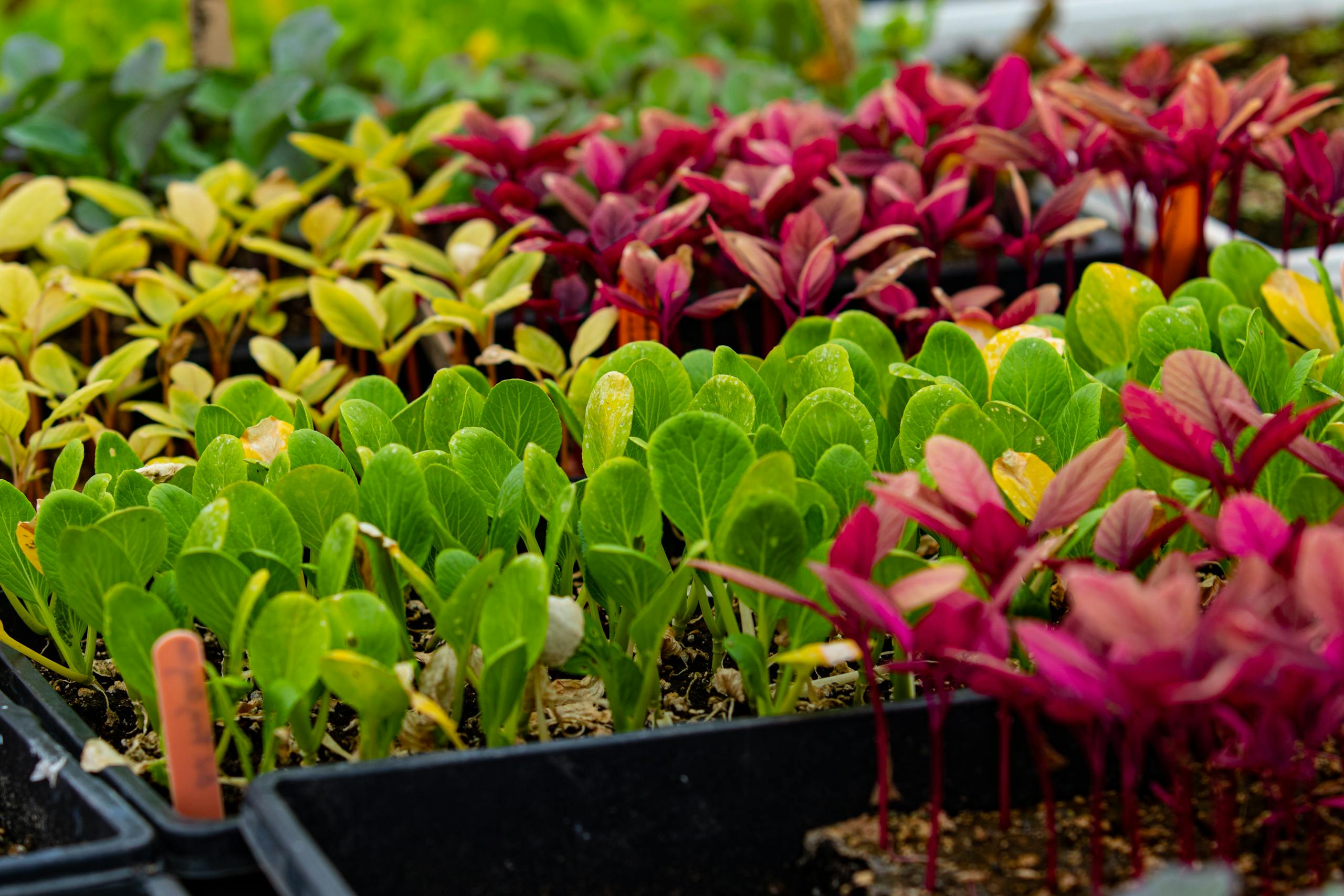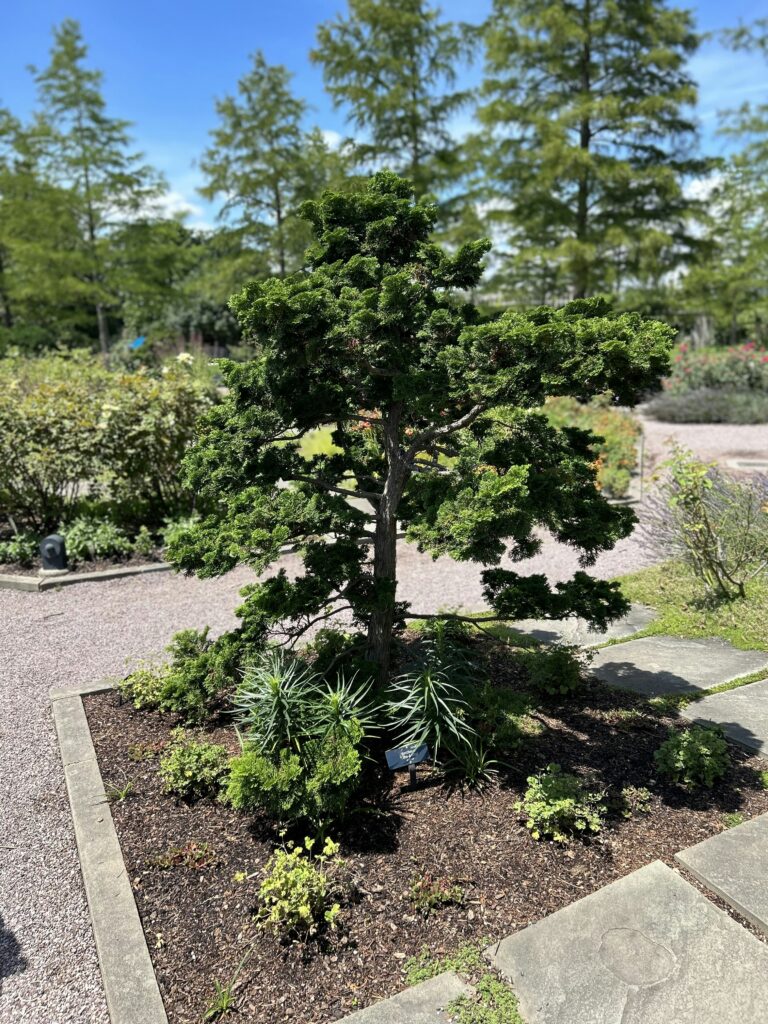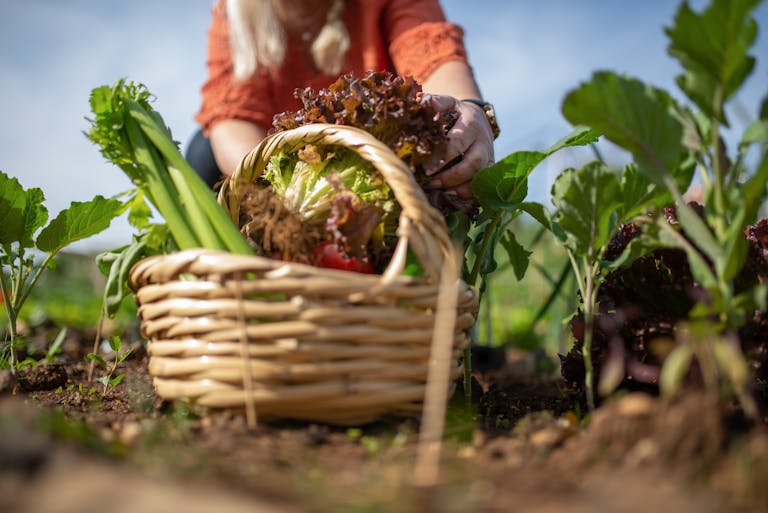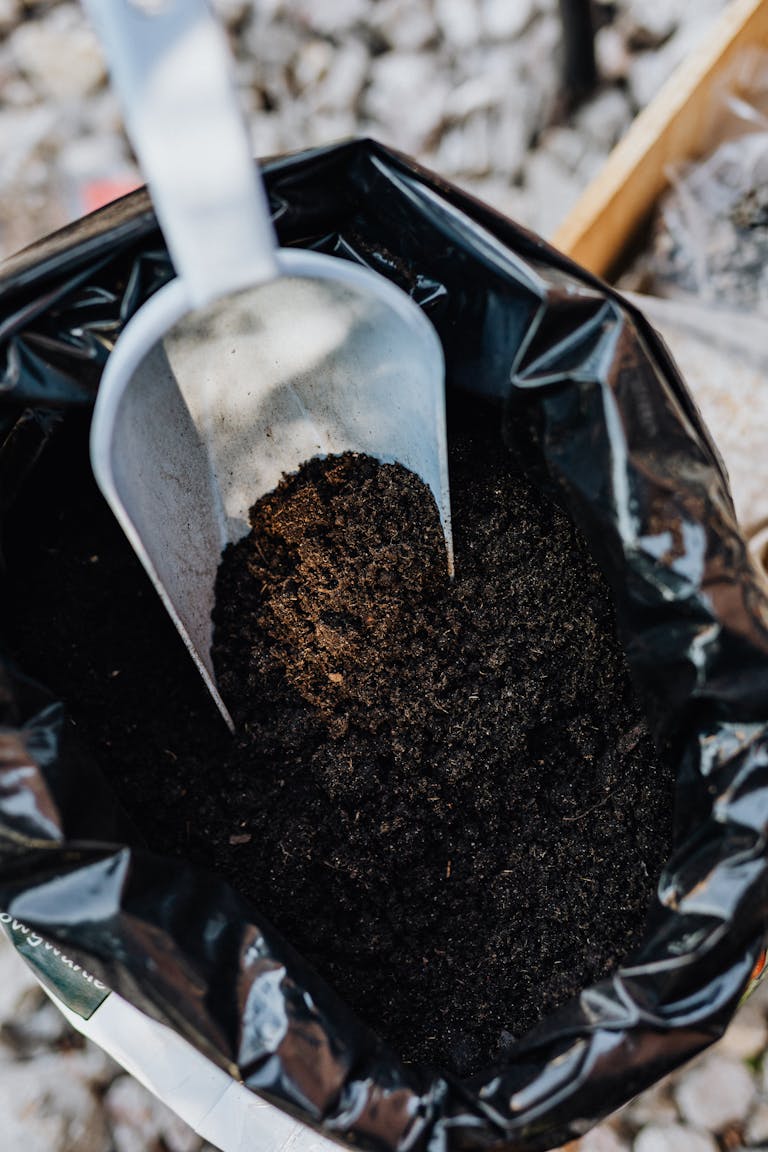Raised Bed Ideas for Stylish and Easy Gardening
Why Raised Beds Are Great 🌱
Raised bed gardening has blossomed into an increasingly popular approach for both novice and seasoned gardeners alike. One of the most significant advantages of raised beds is the ease they bring to gardening efforts. These elevated structures minimize the strain on the back and joints, allowing for a more comfortable experience while tending to your plants. Traditional gardening often necessitates bending over and kneeling, which can be challenging for many, especially as one ages. With raised beds, you can enjoy gardening without the discomfort that usually accompanies it.
In addition to their ergonomic benefits, raised beds are also instrumental in controlling weeds more effectively. Constructed from sturdy materials, raised beds create a unique microclimate that can suppress weed growth, significantly reducing the time and effort spent on maintenance. This advantage leads to a more productive gardening experience, allowing you to focus on nurturing your plants rather than battling with unwanted greenery. By minimizing the weed competition, plants in raised beds often thrive, leading to healthier yields in your garden.
Aesthetically, raised beds contribute greatly to the overall design appeal of any outdoor space. They can be customized in various shapes, sizes, and materials, enabling gardeners to express their creativity and complement the existing landscape. Whether you opt for a rustic wooden design or a sleek modern look, raised beds can transform a standard garden plot into an inviting and stylish oasis. Gardening enthusiasts often take pleasure in curating their raised bed layouts, which can include colorful flowers, aromatic herbs, and luscious vegetables, making it not only a functional space but also a visual delight.
By incorporating raised beds into your gardening routine, you open the door to a more enjoyable experience, improved plant health, and enhanced beauty in your yard. They truly can revolutionize the way you approach gardening, offering both practicality and elegance in one neat package.
Tips for Planning and Building Your Raised Beds
When it comes to creating raised beds for your garden, careful planning can make a significant difference in the overall success of your gardening experience. Here are six practical tips to consider that will help you build stylish and functional raised beds:
- Choose the Right Location: Select a spot that receives ample sunlight, ideally at least six hours a day. Take note of your garden’s natural drainage patterns, and avoid areas prone to standing water. A well-drained location is essential for the health of your plants.
- Measure the Ideal Size: Standard raised beds are typically 4 feet wide and can be any length. This width allows you to reach the center of the bed without stepping onto the soil, maintaining good aeration. Consider the height as well, with a depth of at least 12 inches being suitable for most vegetables.
- Choose Durable Materials: When constructing your raised beds, opt for rot-resistant materials. Cedar and redwood are excellent choices due to their longevity, while recycled plastic or metal can also provide stylish options that blend well in any garden setting.
- Ensure Adequate Drainage: Proper drainage is essential to prevent waterlogging, which can harm plant roots. Consider adding a layer of gravel at the bottom of the bed or using landscape fabric to prevent soil erosion while allowing excess water to escape.
- Plan Your Soil Mix: The soil you use in your raised beds is crucial for plant health. A mixture of topsoil, compost, and well-rotted manure can provide the nutrients your plants need to thrive. Aim for a blend that is rich in organic matter to promote healthy growth.
- Incorporate Accessibility Features: As you construct your raised beds, think about accessibility. Incorporating pathways or ensuring that the beds are at a height that accommodates gardeners of various abilities will make it easier for everyone to enjoy the gardening process.
By taking the time to consider these tips, you will not only create an aesthetically pleasing raised bed but also foster a productive gardening environment.
Styles of Raised Beds: Finding Your Perfect Fit 🌼
Raised beds are a popular choice for gardeners seeking to enhance their planting experience while adding visual appeal to their outdoor spaces. Among the various styles available, wooden, metal, and upcycled materials stand out for their distinct characteristics. Each type offers unique advantages and disadvantages that can influence your decision.
Wooden raised beds are perhaps the most traditional option, often crafted from untreated cedar or redwood, known for their natural resistance to rot and insects. The aesthetic appeal of wood is significant, providing a warm, rustic look that seamlessly integrates with almost any garden design. However, wooden beds have a limited lifespan; they may require periodic maintenance, such as staining or sealing, to prolong their durability. Additionally, it’s important to ensure that the wood used is free from harmful chemicals, particularly if you plan to grow food crops.
In contrast, metal raised beds, typically made from galvanized steel or aluminum, offer a modern appearance that complements contemporary garden styles. Metal beds are remarkably durable and resistant to decomposition, making them a long-term investment. They also retain heat well, potentially extending the growing season for certain plants. However, gardeners should be cautious about the heat absorption properties of metal, as extreme temperatures may affect soil moisture levels. Moreover, the initial price point may be higher than wooden options, which could be a consideration for some.
Lastly, upcycled materials, such as repurposed pallets, bricks, or cinder blocks, present an eco-friendly and cost-effective alternative for building raised beds. This option allows for creativity and individuality, enabling gardeners to customize shapes and sizes according to their preferences. However, the durability and safety of upcycled materials can vary significantly, necessitating careful selection. Some materials may not provide the structural integrity needed for long-term use, and their lifespan might be shorter than that of traditional raised bed styles.
Ultimately, selecting the ideal raised bed for your garden will depend on your aesthetic preferences, budget, and maintenance commitment. Each style has its strengths and weaknesses, ensuring that every gardener can find a suitable fit for their gardening needs.
Resources and Inspiration for Your Raised Bed Journey 📚
Embarking on your raised bed gardening journey can be a fulfilling experience, especially with the right resources at your fingertips. To facilitate your gardening quest, there are several external links that offer invaluable insights and products. One excellent resource is a comprehensive soil mix guide, which details the best mixtures for healthy plant growth. Additionally, consider investing in raised bed kits, which provide you with all the necessary materials for easy assembly and sturdy construction.
For those looking for advice tailored specifically to raised bed gardening, the Plantrella blog features several enlightening posts. Check out our articles on choosing the right soil for your vegetables, as well as companion planting tips that can enhance your garden’s productivity.
As you venture into the world of raised bed gardening, we encourage you to join our community by sharing your photos and asking any questions you may have. Engaging with fellow gardening enthusiasts not only enriches your experience but also cultivates a stronger connection within the gardening community. Together, we can learn, grow, and flourish in our gardening endeavors, inspiring one another towards success.








